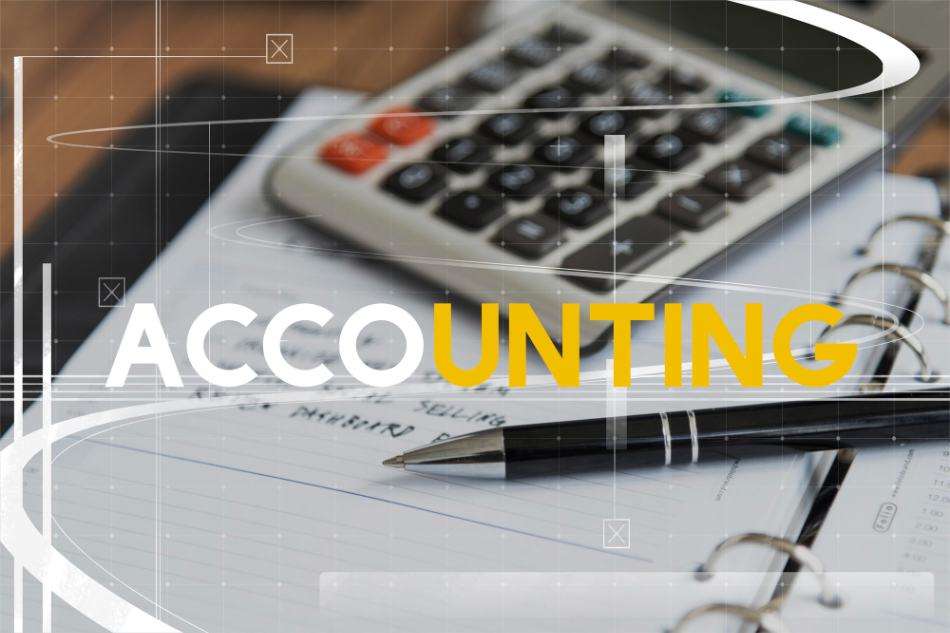The financial markets are replete with terms and strategies that might seem bewildering to a novice. Among these, ‘margin’ and ‘leverage’ often stand out as two of the most discussed, especially in the realm of online trading. Understanding these concepts is pivotal for anyone entering the world of trading, more so if you’re looking to maximize potential profits while being aware of the accompanying risks.
Let’s begin with ‘margin’. At its simplest, margin refers to the amount of money that a trader needs to deposit with a CFD broker to open a leveraged position. Think of it as a good faith deposit, a collateral that ensures you can cover potential losses from a trade. It allows traders to enter positions that are larger than the funds they have at hand. This is where the concept intertwines with ‘leverage’.
Leverage, in trading terminology, is the ability to control a large position with a relatively small amount of capital. It’s presented as a ratio, such as 10:1 or 100:1. In a 10:1 leverage scenario, for every $1 you commit as margin, you can control $10 in the market. This amplification allows for the potential of higher profits. However, it’s essential to recognize that just as profits can be magnified, so can losses.
Imagine for a moment that you have done your market research, and you anticipate that a particular asset, perhaps a stock or a commodity, is set to rise in value. Rather than buying the asset outright, which could be capital intensive, you decide to trade using leverage through a CFD broker. By only depositing a fraction of the total trade value – the margin – you can control a much larger position in the market. If your prediction holds true and the asset’s value rises, your returns are based on the full value of the leveraged position, not just your margin deposit. On the flip side, should the market move against your prediction, your losses will also be based on the full leveraged position, meaning you could lose more than your initial deposit.
The key player facilitating this form of trading is the Broker. When you trade on margin with leverage, you aren’t purchasing the actual asset, but instead, you’re entering into a contract for difference (CFD). This is an agreement to exchange the difference in value of an asset from when the contract is opened to when it’s closed. CFDs have become a popular trading instrument precisely because they allow traders to speculate on price movements without owning the underlying asset. It’s vital, therefore, to align oneself with a reputable Broker to ensure smooth trading operations and adequate risk management tools.
The appeal of margin and leverage, especially for newcomers with limited capital, is evident. However, a few cautionary pointers are in order. Firstly, always trade with money you can afford to lose. Given the potential for losses to exceed deposits in leveraged trading, it’s a cardinal rule that one should never overlook.
Next, constantly educate yourself. Markets are dynamic, influenced by a myriad of factors, from geopolitical events to economic data releases. The more informed you are, the better positioned you’ll be to make astute trading decisions.
Lastly, utilize risk management tools. Most Brokers offer features such as stop-loss orders, which automatically close a trade if the asset price reaches a predetermined level. This can be invaluable in preventing larger than anticipated losses in volatile market conditions.
Margin and leverage, while intricate, are foundational pillars in the world of trading. They open doors to potentially lucrative opportunities, but like all doors, they need to be approached with caution and respect. Armed with knowledge, a partnership with a trustworthy Broker, and a clear strategy, even beginners can navigate the intricate corridors of margin and leverage trading, maximizing opportunities while safeguarding against unforeseen risks. As you dive deeper into this vast ocean, remember that every successful trader was once a beginner, guided by curiosity, persistence, and an unwavering commitment to learning.










